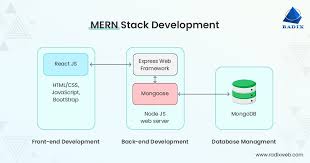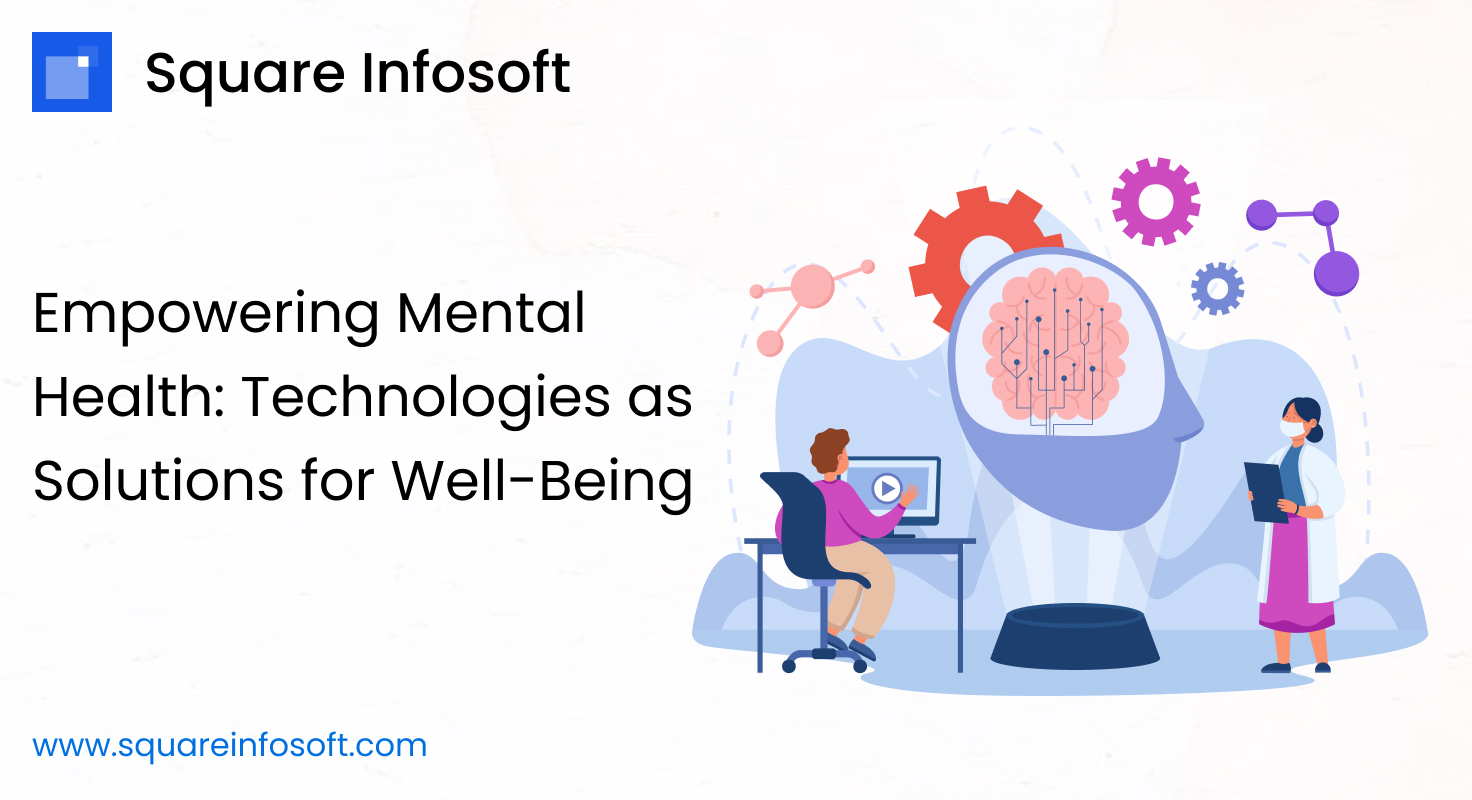The MERN (MongoDB, Express.js, React.js, Node.js) stack is a popular choice for building modern web applications due to its flexibility, scalability, and ease of development. However, like any technology stack, it also has its disadvantages and challenges. Below are some of the disadvantages of MERN stack development discussed in detail:
- Complexity of Learning Curve:
- While each component of the MERN stack individually has a relatively low entry barrier, mastering all four technologies can be challenging, especially for beginners. Developers need to understand JavaScript fundamentals, asynchronous programming, front-end and back-end development concepts, and database management. The learning curve can be steep, particularly for those new to web development.
- Asynchronous Programming Challenges:
- Node.js, which powers the backend of MERN applications, relies heavily on asynchronous programming to handle I/O operations efficiently. While asynchronous programming offers benefits such as improved performance and scalability, it can also lead to callback hell and make code harder to read and debug, especially for developers accustomed to synchronous programming paradigms.
- Scalability Concerns:
- While the MERN stack is inherently scalable, achieving high scalability requires careful planning and implementation. As Node.js is single-threaded and event-driven, it may not be suitable for CPU-intensive tasks or applications that require multithreading. Scaling MongoDB can also present challenges, particularly in managing large datasets and ensuring high availability and fault tolerance in distributed environments.
- Security Vulnerabilities:
- Like any web application, MERN stack applications are susceptible to security vulnerabilities such as cross-site scripting (XSS), SQL injection, and authentication vulnerabilities. Developers need to implement proper security measures, such as input validation, output encoding, authentication, authorization, and secure communication protocols, to mitigate these risks. Additionally, MongoDB’s flexible schema and NoSQL nature may introduce security risks if not properly configured and secured.
- Performance Overhead:
- While the MERN stack offers excellent performance for many types of applications, it may not be the best choice for high-performance real-time applications or applications with stringent latency requirements. React.js, while highly efficient, may introduce performance overhead due to its virtual DOM and reconciliation process. Node.js’s single-threaded nature may also limit its performance for CPU-bound tasks.
- Debugging and Tooling:
- Debugging MERN stack applications can be challenging, especially in complex distributed systems with multiple layers. Tools for debugging and monitoring, while available, may not be as mature or comprehensive as those for more established technology stacks. Additionally, setting up and configuring development environments, build tools, and deployment pipelines can be time-consuming and error-prone.
- Community and Ecosystem:
- While the MERN stack has a large and active community of developers, it may not be as extensive or mature as some other technology stacks. This can lead to limitations in terms of available libraries, frameworks, documentation, and community support. Developers may need to rely on third-party solutions or custom implementations for certain functionalities, which can increase development time and complexity.
- Vendor Lock-In:
- While MongoDB, Express.js, React.js, and Node.js are all open-source technologies, developers may become locked into specific vendor dependencies or proprietary features offered by certain providers. For example, MongoDB Atlas, the cloud-hosted database service for MongoDB, may offer additional features and integrations that tie developers to the MongoDB ecosystem. This can limit flexibility and portability in the long run.
- Database Limitations:
- MongoDB, as a NoSQL database, offers flexibility and scalability advantages but may not be suitable for all types of applications. It may not support complex transactions, joins, or ACID (Atomicity, Consistency, Isolation, Durability) guarantees required by certain applications, such as financial systems or applications with highly relational data models. Developers need to carefully evaluate the suitability of MongoDB for their specific use case.
- Community and Support:
- While the MERN stack has a large and active community of developers, it may not be as extensive or mature as some other technology stacks. This can lead to limitations in terms of available libraries, frameworks, documentation, and community support. Developers may need to rely on third-party solutions or custom implementations for certain functionalities, which can increase development time and complexity.
In conclusion, while the MERN stack offers numerous advantages for building modern web applications, it also has its fair share of disadvantages and challenges. Developers need to carefully consider these factors and evaluate whether the MERN stack is the right choice for their specific project requirements, taking into account factors such as learning curve, scalability, security, performance, community support, and vendor lock-in.




